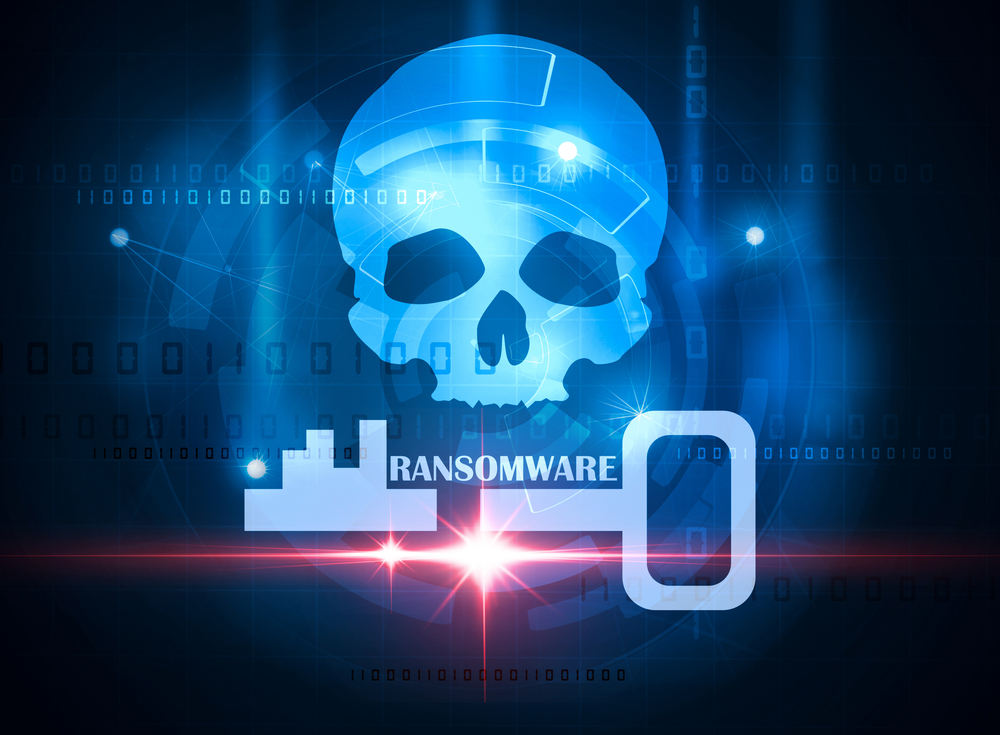Sophos has released its annual international survey and review of real-world ransomware experiences in the State of Ransomware 2022. The report shows that 59% of UAE organisations surveyed were hit with ransomware in 2021, up from 38% in 2020.
The report summarises the impact of ransomware on 5,600 mid-sized organisations in 31 countries across Europe, the Americas, Asia-Pacific and Central Asia, the Middle East, and Africa
The main findings for the UAE in the State of Ransomware 2022 global survey, which covers ransomware incidents experienced during 2021, as well as related cyber insurance issues, include:
- Many organisations rely on cyber insurance to help them recover from a ransomware attack – 85% of mid-sized organisations had cyber insurance that covers them in the event of a ransomware attack – and, in 100% of incidents, the insurer paid some or all the costs incurred
- Ninety-eight percent of those with cyber insurance said that their experience of getting it has changed over the last 12 months, with higher demands for cybersecurity measures, more complex or expensive policies and fewer organisations offering insurance protection

“The findings suggest we may have reached a peak in the evolutionary journey of ransomware, where attackers’ greed for ever higher ransom payments is colliding head on with a hardening of the cyber insurance market as insurers increasingly seek to reduce their ransomware risk and exposure,” said Wisniewski. “In recent years, it has become increasingly easy for cybercriminals to deploy ransomware, with almost everything available as-a-service. Second, many cyber insurance providers have covered a wide range of ransomware recovery costs, including the ransom, likely contributing to ever higher ransom demands. However, the results indicate that cyber insurance is getting tougher and in the future ransomware victims may become less willing or less able to pay sky high ransoms. Sadly, this is unlikely to reduce the overall risk of a ransomware attack. Ransomware attacks are not as resource intensive as some other, more hand-crafted cyberattacks, so any return is a return worth grabbing and cybercriminals will continue to go after the low hanging fruit.”
Sophos recommends the following best practices to help defend against ransomware and related cyberattacks
- Install and maintain high-quality defenses across all points in the organization’s environment. Review security controls regularly and make sure they continue to meet the organization’s needs
- Proactively hunt for threats to identify and stop adversaries before they can execute their attack – if the team lacks the time or skills to do this in house, outsource to a Managed Detection and Response (MDR) specialist
- Harden the IT environment by searching for and closing key security gaps: unpatched devices, unprotected machines, open RDP ports, etc. Extended Detection and Response (XDR) solutions are ideal for this purpose
- Prepare for the worst. Know what to do if a cyber incident occurs and keep the plan updated
- Make backups, and practice restoring from them so that the organization can get back up and running as soon as possible, with minimum disruption










Discussion about this post